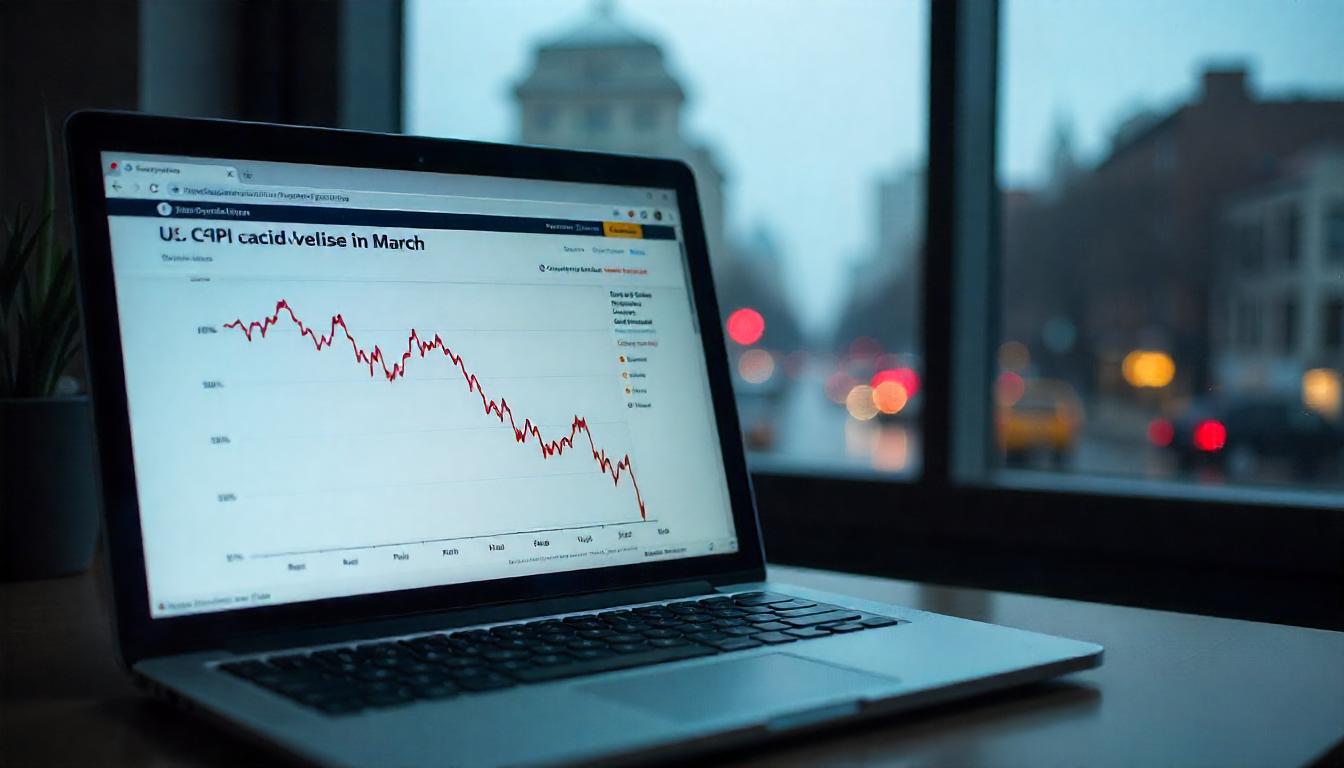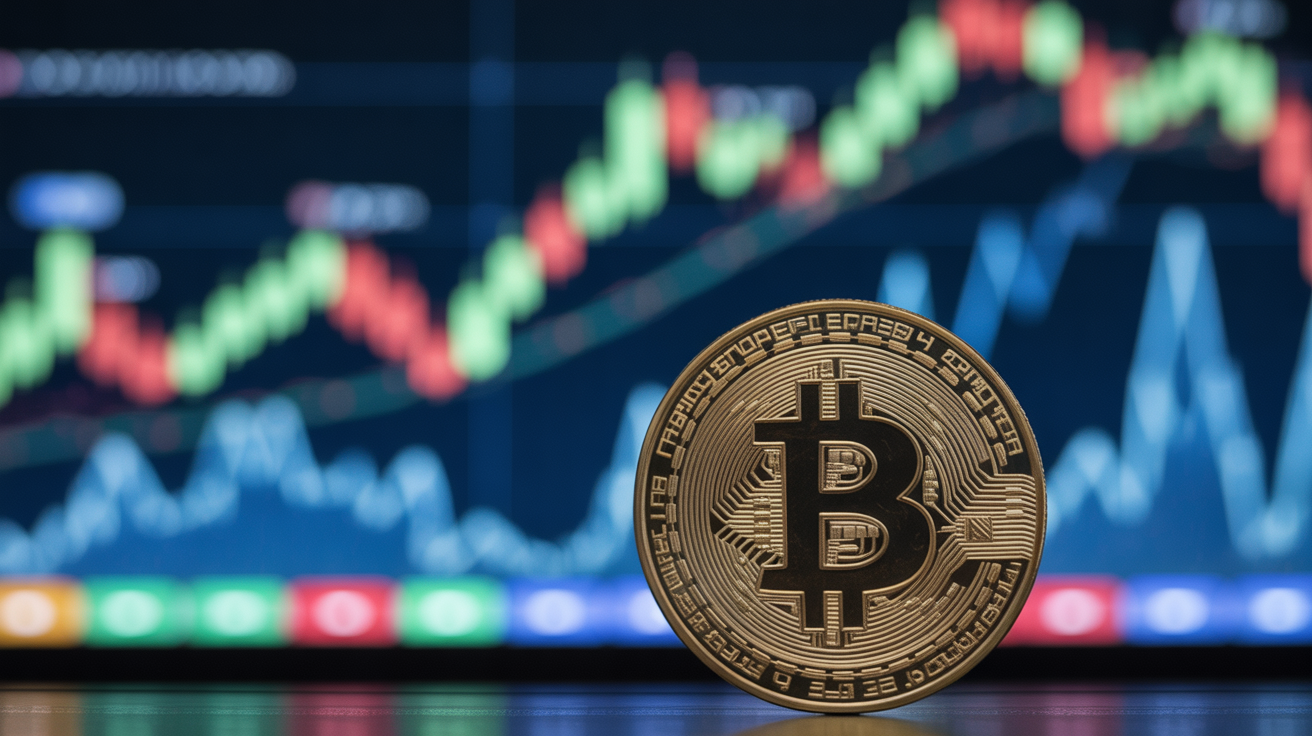March Inflation Data Shows Mild Decline, but Tariff Pause Could Influence Fed’s Next Move
U.S. inflation data for March showed a slight dip in the headline Consumer Price Index (CPI), with core inflation rising only marginally. While the numbers may fuel renewed speculation about a potential Federal Reserve rate cut in May, they were reported before last week’s major tariff announcements, which could have a significant impact on future policy.
The CPI fell by 0.1% in March, contrary to expectations of a 0.1% increase, after a 0.2% rise in February. Year-over-year, the headline CPI climbed by just 2.4%, below the anticipated 2.6% and down from February’s 2.8%.
Core CPI, which excludes food and energy prices, rose just 0.1% in March, well below the forecasted 0.3% and February’s 0.2%. On a year-over-year basis, core CPI increased by 2.8%, lower than the expected 3% and down from the 3.1% rise seen in February.
Bitcoin (BTC) saw a brief surge, surpassing $82,000, in response to the CPI data. However, U.S. stock index futures were under pressure on Thursday, with the Nasdaq 100 down 2.7% and the S&P 500 dropping 2.1%.
The CPI report reflects economic conditions before President Trump’s tariff pause, which caused a short-term market recovery. Before the tariff announcement, traders had been pricing in a higher chance of a rate cut at the Fed’s May meeting, but those odds have now dropped to 17%. Attention is now turning to June, where there’s a 75% chance of a 25 basis point or greater rate cut.
Looking ahead, Friday’s Producer Price Index (PPI) report will likely shape expectations for Fed policy and could provide further clarity on inflation trends as the central bank approaches its next policy meeting.





